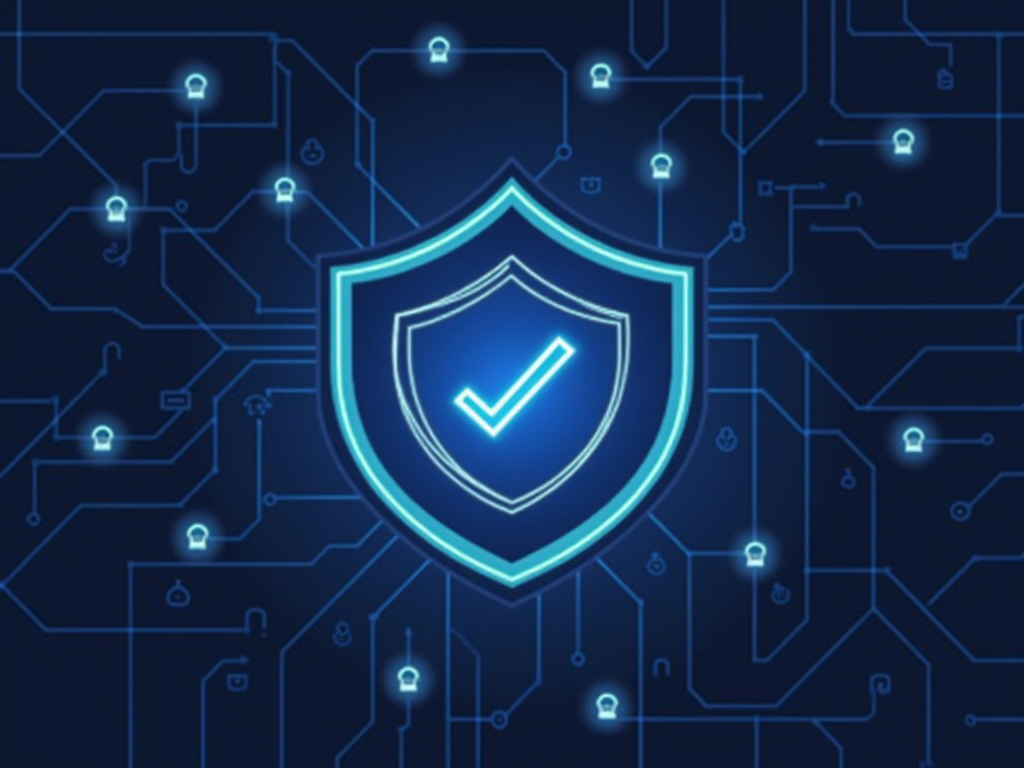How to Securely Onboard and Offboard Employees
As an HR professional, you understand the importance of ensuring a smooth transition for both new hires and departing employees. This process is crucial not only from a compliance standpoint but also from a retention and productivity perspective. In this article, we’ll dive into the best practices for securely onboarding and offboarding employees.
Onboarding Employees
Why Onboarding Matters
Effective onboarding sets the tone for an employee’s tenure with your organization. It helps new hires feel welcome, builds trust, and fosters a sense of belonging. Conversely, a poor onboarding experience can lead to confusion, frustration, and even turnover.
Best Practices for Secure Onboarding
1. Create a Comprehensive Onboarding Checklist
Develop a detailed checklist that covers all aspects of the onboarding process, including:
* Employee data collection
* Compliance training (e.g., GDPR, HIPAA)
* Access to company resources (e.g., email, HR systems)
* Introduction to team members and key stakeholders
* Review of policies and procedures
2. Ensure Proper Identity Verification
Verify new hires’ identities through a secure process, such as:
* Physical ID verification
* Electronic ID confirmation (e.g., e-verify)
3. Maintain Confidentiality
Protect sensitive information by:
* Limiting access to HR systems and files
* Encrypting electronic documents
* Securely storing physical records
4. Monitor Progress and Provide Feedback
Regularly check-in with new hires, providing constructive feedback and addressing any concerns or questions they may have.
5. Integrate Security Awareness Training
Include security best practices in your onboarding process, such as:
* Password management
* Data protection
* Cybersecurity awareness
Offboarding Employees
Why Offboarding Matters
Proper offboarding is just as crucial as onboarding. It ensures that departing employees’ roles are filled efficiently, reduces the risk of data breaches or intellectual property theft, and preserves your organization’s reputation.
Best Practices for Secure Offboarding
1. Create a Standardized Offboarding Process
Develop a clear, step-by-step process for offboarding employees, including:
* Notification to HR and relevant teams
* Completion of exit interview
* Return of company property (e.g., laptops, phones)
2. Securely Handle Employee Data
Protect sensitive information by:
* Encrypting electronic documents
* Securely storing physical records
* Destroying confidential materials
3. Manage Access and Privileges
Immediately revoke departing employees’ access to:
* HR systems
* Company resources (e.g., email, networks)
* Sensitive information
4. Conduct a Thorough Exit Interview
Use exit interviews to gather valuable feedback, identify areas for improvement, and address any concerns or questions departing employees may have.
5. Review and Update Job Descriptions and Responsibilities
Update job descriptions and responsibilities to reflect the changes in your organization’s structure and team members’ roles.
Conclusion
Securing the onboarding and offboarding process requires a thoughtful, multi-step approach. By following these best practices, you’ll ensure a smooth transition for both new hires and departing employees, while maintaining the confidentiality and integrity of sensitive information. Remember to stay vigilant and adapt your processes as needed to protect your organization’s reputation and interests.
References
- Society for Human Resource Management (SHRM)
- National Association of Personnel Services (NAPS)
- U.S. Equal Employment Opportunity Commission (EEOC)



